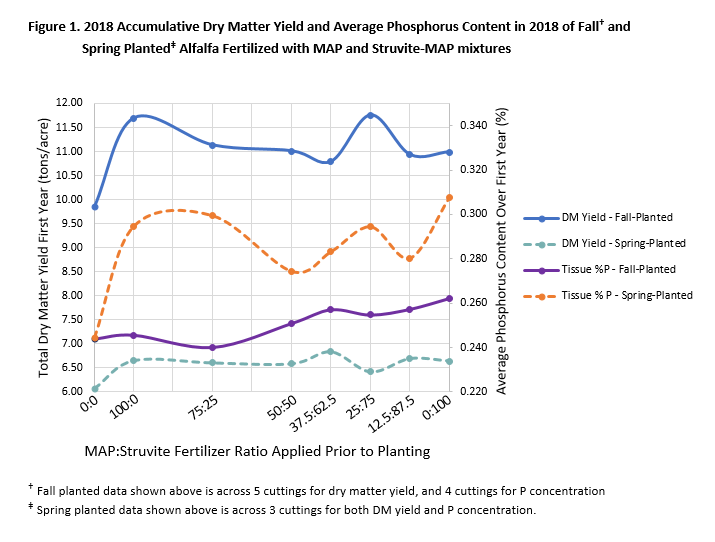Working together to build a Dairy Safety Network

We have exciting news to share! The Washington State Dairy Federation, University of Washington’s Pacific Northwest Agricultural Safety and Health Center, and WSU’s Dairy Cattle Behavior and Welfare program (Dr Adams Progar) are collaborating to make safety training materials more accessible and effective for dairies. Our project has three parts: 1) develop an online interactive safety training toolkit; 2) offer in-person workshops to teach dairy owners and managers how to use the safety training toolkit materials; and 3) create an interactive train-the-trainer program that focuses on teaching employees how to minimize risks associated with cattle-related injuries.
Dairy Safety Training Toolkit
Where do you look for safety training materials? Do you ever struggle to find materials on a specific safety topic? Our online safety training toolkit will hopefully become your go-to for all dairy-related safety topics. One of the best features of this resource is that you will be able to interact with the toolkit moderators and other toolkit users. This system will allow you to provide instant feedback on how the materials can be improved and allows you to incorporate tips from other toolkit users. We are currently working on developing the toolkit and are looking for beta testers. Please let us know if you are interested in helping us out as a beta tester.
In-person Workshops
We held our first workshop at the Agriculture Safety Day on February 5th, 2019. Our topics included on-farm communication, effectiveness of different employee training methods, and farm-to-farm networking to improve safety training materials. If you have any topic suggestions for next year’s Agriculture Safety Day, please let us know.
Train-the-Trainer Program
Several dairy cattle handling training programs are available to you and your employees. Most programs focus on training your employees to safely move cattle. The Train-the-Trainer program we are developing is focused on injury prevention. Our goal is to identify the most common employee injuries that are cattle-related on dairies and design a training that specifically targets how to minimize the risks associated with those injuries. We will train dairy managers/safety coordinators so that they have the tools they need to provide this training to the employees on their dairies. This safety training will be offered in each region of Washington State later this year, so please stay tuned for more information.
Amber Adams Progar, Dairy Management Specialist, Department of Animal Sciences, Washington State University, amber.adams-progar@wsu.eduUpdate on Struvite as a Phosphorus Source for Modern Alfalfa Systems
The WSU Livestock Nutrient Management program has teamed up with WSU’s forage specialist Dr. Steve Norberg, and two Washington alfalfa growers to demonstrate struvite’s performance as a recycled phosphorus source for alfalfa. Struvite (6-29-0), also known as magnesium ammonium phosphate, is a medium-release rate fertilizer that is recovered from liquid manure or wastewater. Ongoing research in eastern Washington with 2 field demonstrations and multiple plot studies confirm the findings of previous studies’ that alfalfa fertilized with Struvite has comparable yields and quality to alfalfa fertilized with MAP (11-52-0). We paid close attention to the first cutting’s response to Struvite to see if its lower solubility affected its ability to meet alfalfa’s early growth requirements.
The field demonstrations were on 60-80 acre fields in Moses Lake and Kittitas where we compared Struvite and a Struvite-MAP mixture (70%-30% of P, respectively) to MAP. Struvite alone was applied before a new seeding of alfalfa on Farm 1, while the Struvite-MAP mixture was surface applied to an established stand on Farm 2. Data was gathered from 2 of 3 cuttings at Farm 1 and 4 cuttings at Farm 2 in the first year. Results showed Struvite produced similar alfalfa yields, phosphorus uptake, and quality as MAP (Table 1).
| Yield (tons/acre) | Average Tissue P (%) | |||||
|---|---|---|---|---|---|---|
| Farm | Fertilizer | Total | 1st Cut | Season | 1st Cut | Avg. RFV* |
| *The Relative Feed Value reflects the digestibility and intake potential of feeds, where greater numbers mean better quality. | ||||||
| 1 | MAP | 7.3 | 2.0 | 0.28 | 0.25 | 181 |
| Struvite | 7.3 | 2.3 | 0.28 | 0.24 | 168 | |
| 2 | MAP | 7.5 | 2.4 | 0.27 | 0.26 | 155 |
| Struvite + MAP | 7.1 | 2.2 | 0.27 | 0.28 | 165 | |
Two simultaneous plot studies (< 1 acre each) were conducted by Dr. Norberg in Prosser to compare agronomic performance of different combinations of Struvite and MAP mixtures on fall and spring planted alfalfa. Plots were randomly fertilized at a constant rate with one of 7 different mixtures of MAP:Struvite (100:0, 75:25, 50:50, 37.5:62.5, 25:75, 12.5: 87.5, 0:100) just before planting, or left as an unfertilized check. The fall-planted alfalfa was cut 5 times in 2018, while spring-planted was only cut 3 times. The source of P, whether MAP or Struvite, did not have a significant effect on yield or P uptake in the first cutting and season-wide, regardless of planting time (Figures 1 and 2).
In short, what we’ve learned so far from the field demonstrations with the supporting data of the plotwork is that Struvite can provide enough P in the first year after fertilization to reach comparable yields and P uptake as MAP. Furthermore, the similarity in the first cutting after a new seeding in both studies has shown Struvite is available to meet the immediate needs for early establishment of alfalfa. This ongoing research will continue for a second harvest season this summer to compare the long-term performance of the two fertilizers.

